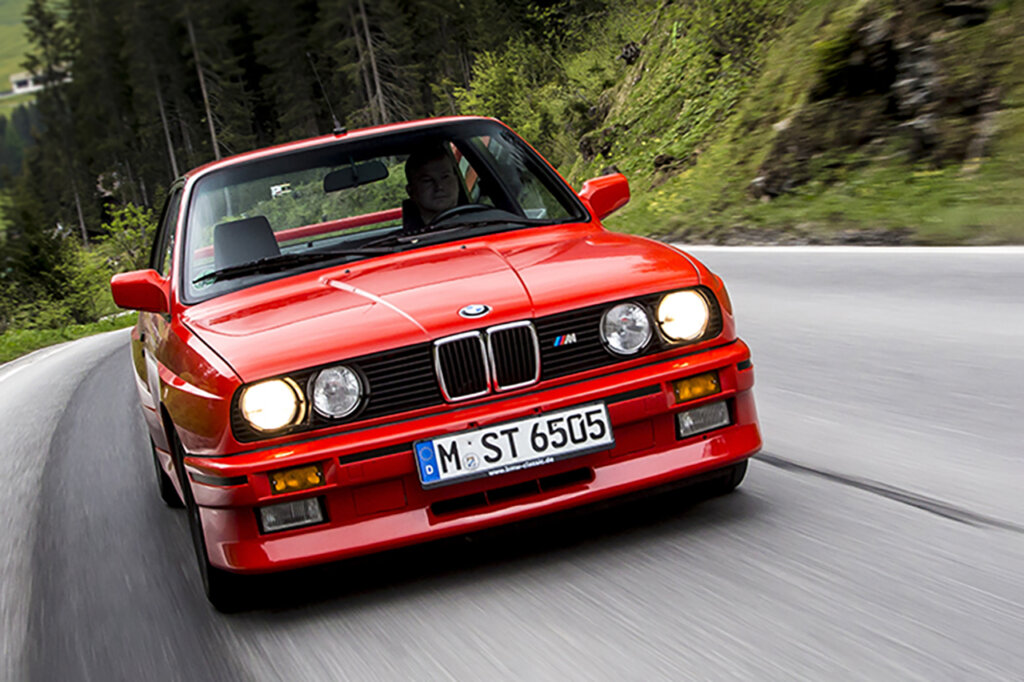
Source: BMW
The BMW E30 M3 is a legendary car that holds a special place in the hearts of car enthusiasts. It is widely considered one of the greatest performance cars of all time and has become an icon in the automotive industry. In this article, we will delve into the history of the BMW E30 M3, from its origins to its rise to fame as a motorsports icon and its enduring legacy.
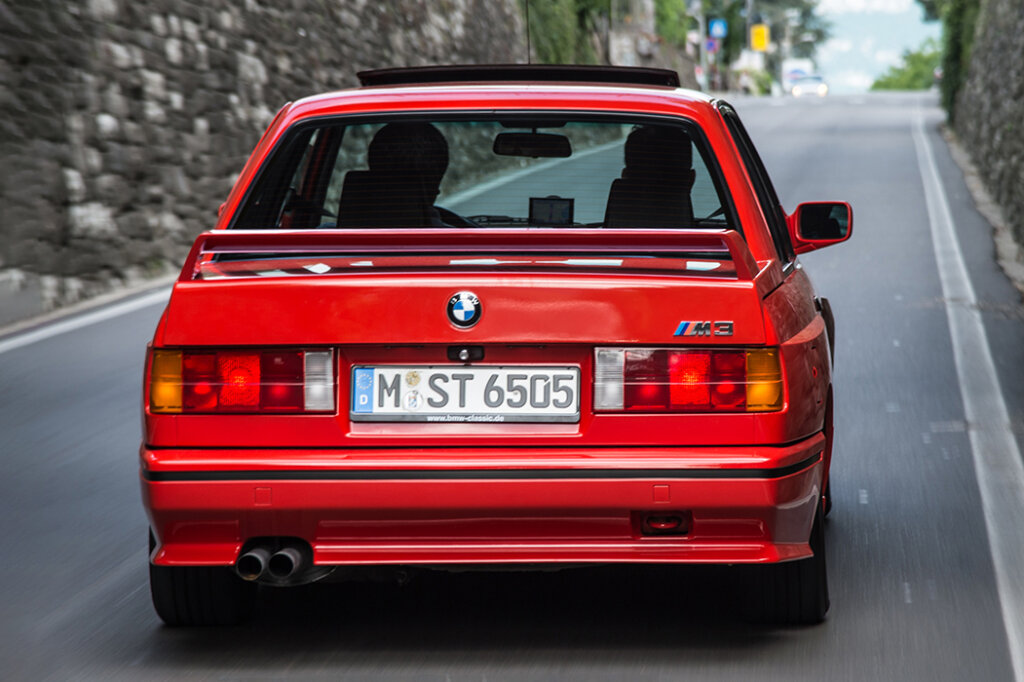
The BMW E30 M3 was first introduced in 1985 as a high-performance version of the BMW 3 Series. The car was designed to compete in the Deutsche Tourenwagen Meisterschaft and Group A racing, which required manufacturers to produce at least 5,000 road-going versions of their race cars in order to be eligible to compete.
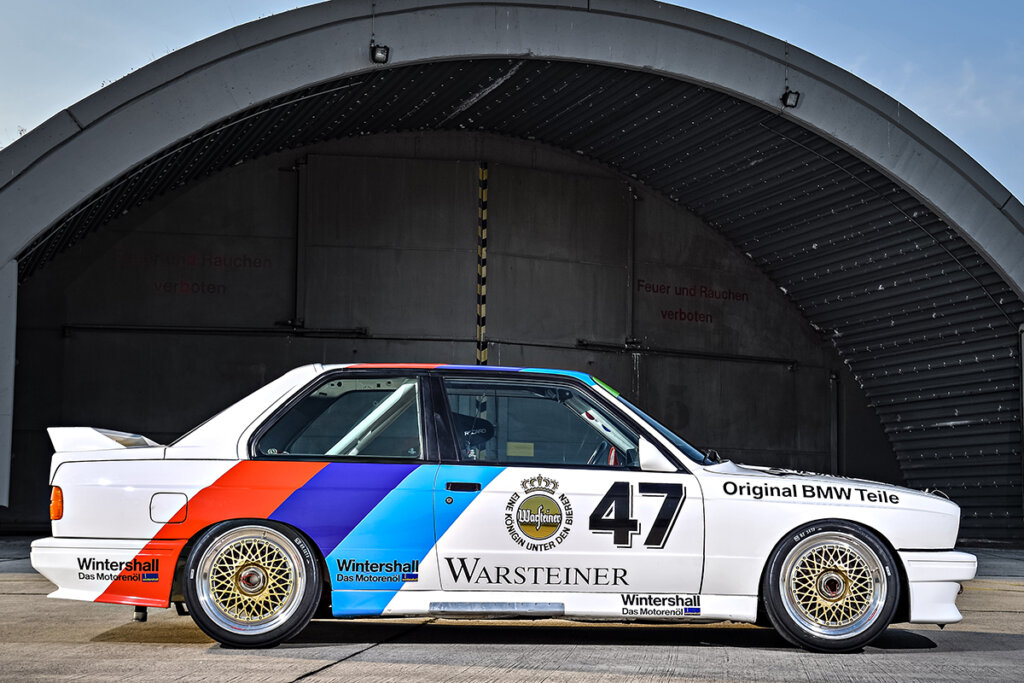
Source: BMW
| Trim | Production | Engine | Power | Transmission | Drivetrain |
| M3 / M3 Evolution I | 1986 – 1991 | 2.3L S14 Inline-4 | 192 HP / 195 PS / 143 kW | 5-Speed Manual | RWD |
| Sport Evolution | 1989 – 1991 | 2.5L S14 Inline-4 | 235 HP / 238 PS / 175 kW | 5-Speed Manual | RWD |
| Ravaglia / Cecotto | 1989 | 2.3L S14 Inline-4 | 208 – 212 HP / 211 – 215 PS / 155 – 158 kW | 5-Speed Manual | RWD |
The E30 M3 was powered by a 2.3-liter four-cylinder BMW S14 engine rated at about 192 horsepower (197 horsepower without a catalytic converter), with 170 lb-ft of torque and a 7,250 rpm redline. The engine was based on the M10 engine found in the BMW 2002 and the S38, but it was heavily modified with a DOHC head, four valves per cylinder, and a high compression ratio of 10.5:1.
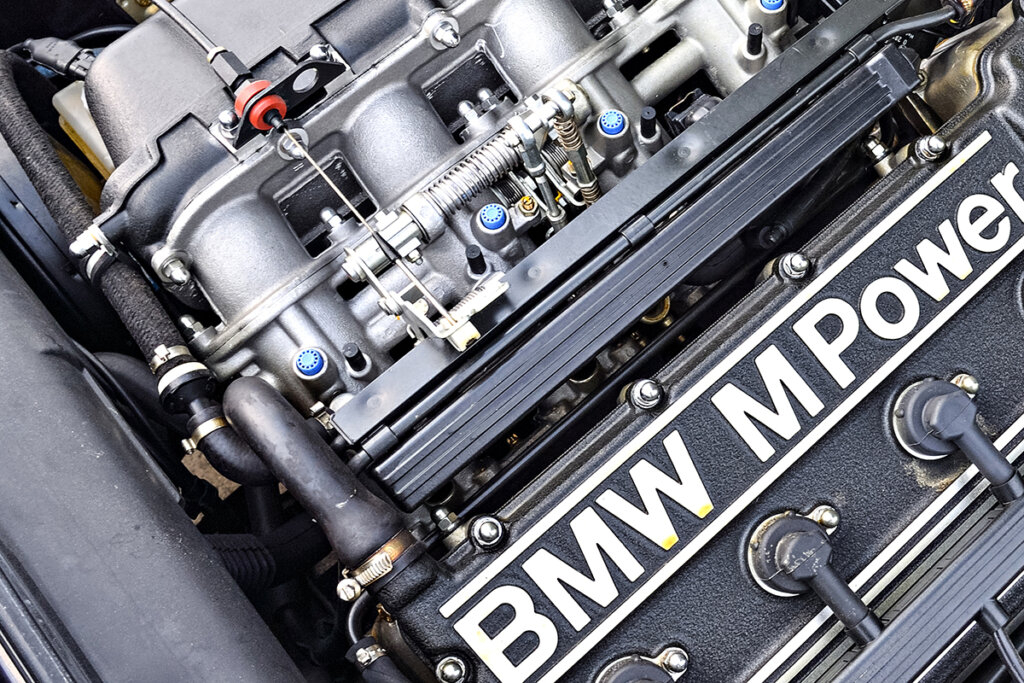
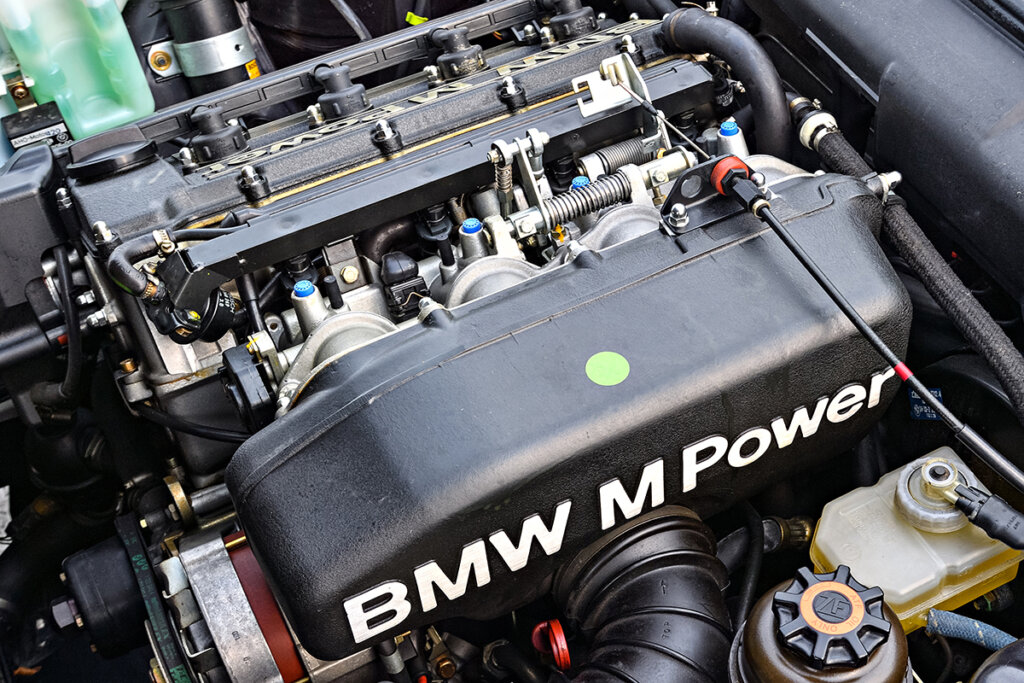
Source: BMW
The E30 M3 delivers a seamless power transfer from its legendary 2.3-liter S14 engine to the rear wheels through its Getrag 5-speed manual gearbox. This transmission, celebrated for its precision and tactile feel, enhances the driving experience, allowing drivers to effortlessly navigate through the gears with a sense of connectedness to the road. The E30 M3’s transmission plays a pivotal role in harnessing its horsepower and ensuring a harmonious blend of power and agility that has solidified its status as an automotive legend.

Source: BMW
The BMW E30 M3’s success on the track helped to establish its reputation as a high-performance icon, especially in touring car racing. The car’s handling and balance were unmatched, and it quickly became a favorite among drivers and enthusiasts alike. The E30 M3 defeated the competition at the 24 Hours Nürburgring five times and the Spa 24 Hours four times, often pitted against vehicles with larger or turbocharged engines.
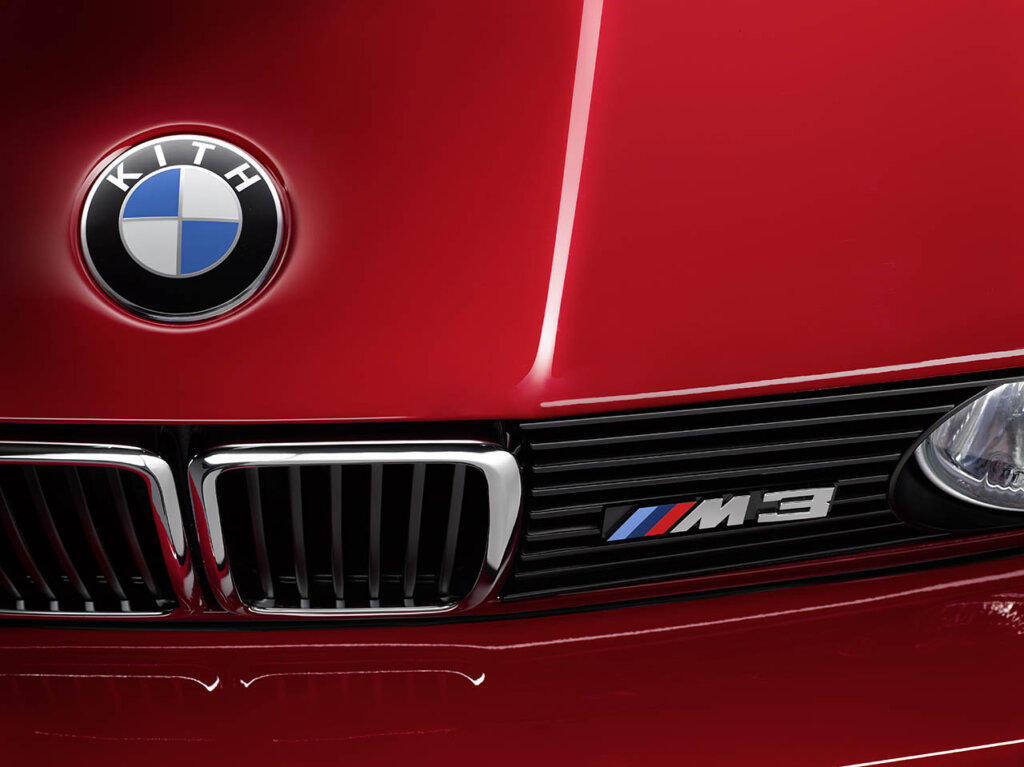

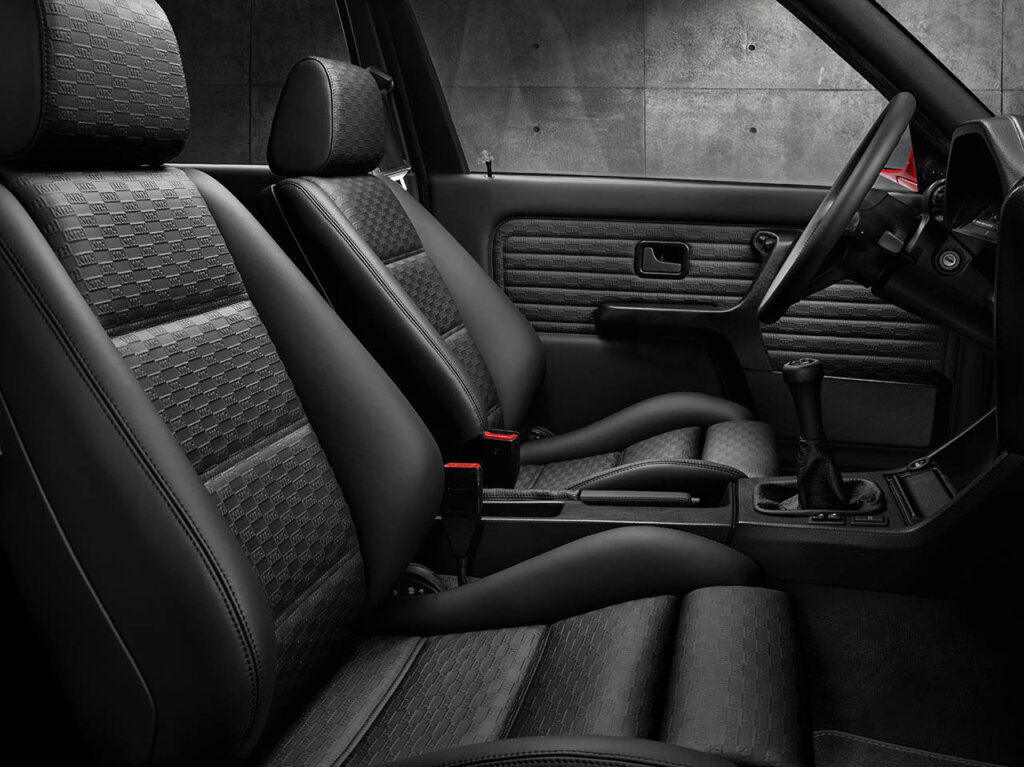
The Evolution 1, Evolution 2, and Sport Evolution were trims released to the public as homologation specials to keep the car competitive on the track, along with the Ravalgio / Cecotto Editions to commemorate the drivers Roberto Ravaglia and Johnny Cecotto.
E30 M3 Evolution 1 and 2
The Evolution trim levels, first introduced in 1987, builds upon the already impressive foundation of the standard E30 M3, offering refined performance and a touch of exclusivity. Under the hood, the Evolution boasts a modified version of the S14 engine, producing a remarkable 220 horsepower, elevating its capabilities on the road and track. Enhanced aerodynamics, lightweight components, larger brake ducting, and an optimized suspension system contribute to its nimble handling and precise cornering. Inside, the Evolution embraces a driver-focused cockpit with racing-inspired details, showcasing the perfect balance between luxury and motorsport heritage. With limited production numbers reaching a maximum of 505, the E30 M3 Evolution remains a highly sought-after gem.

Source: BMW
E30 M3 Sport Evolution
BMW introduced the E30 M3 Sport Evolution in 1990, representing the pinnacle of the E30 M3 lineup. This track-oriented beast is the ultimate expression of the M3’s racing DNA. The Sport Evolution’s S14 engine has been further tuned to deliver an astonishing 235 horsepower, making it one of the most potent road-going M3 variants of its time. The focus on performance continues with weight-saving measures, featuring thinner glass & lightweight panels. Equipped with larger brakes, adjustable suspension, and aerodynamic enhancements, the Sport Evolution offers unparalleled handling and track prowess. Its rarity and exclusivity make it a highly sought-after collector’s item among automotive connoisseurs.
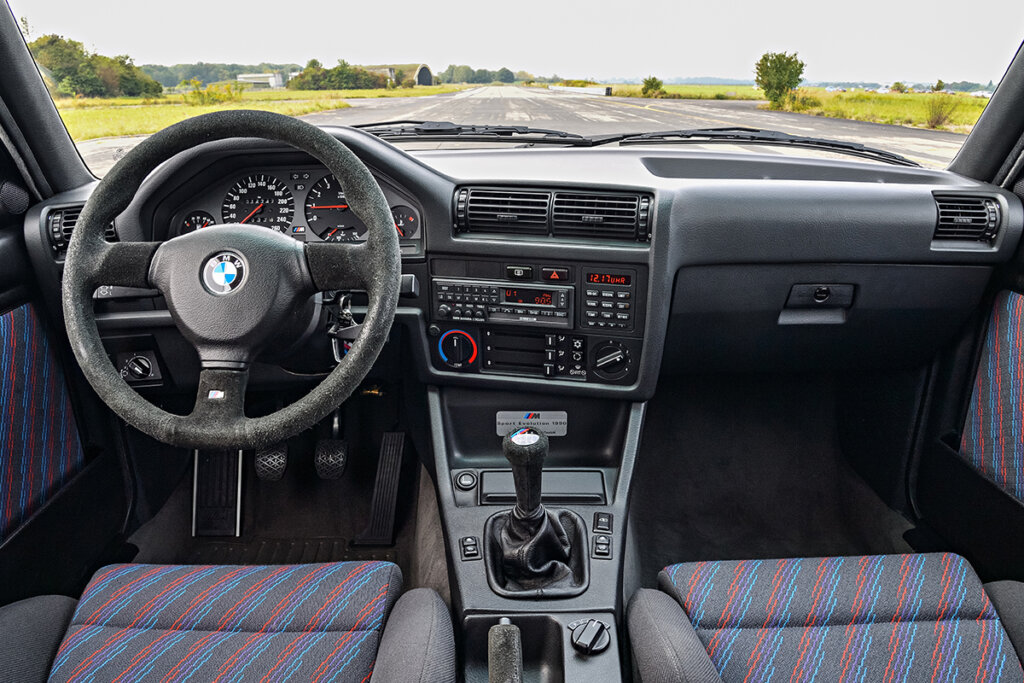
Source: BMW
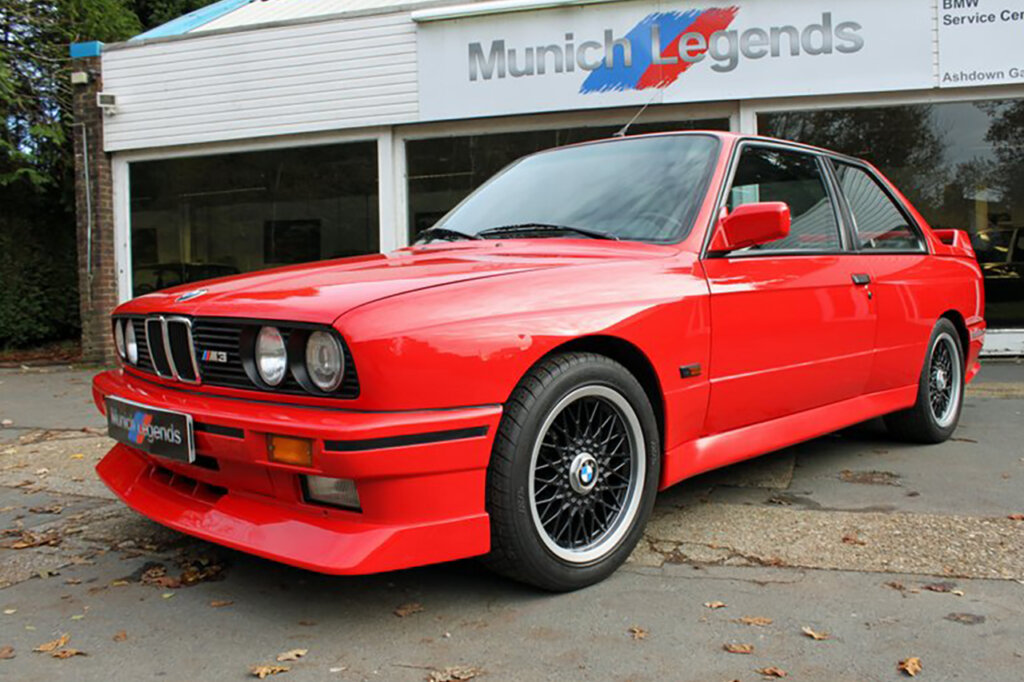
Source: Munich Legends
E30 M3 Ravaglia and Cecotto Editions
Among the lesser-known and exclusive iterations of the E30 M3, the Ravaglia and Cecotto editions stand out as tribute models to celebrate the achievements of two racing drivers, Roberto Ravaglia and Johnny Cecotto. Released in 1989, the Ravaglio and Cecotto editions pay homage to their namesakes with unique styling elements and performance enhancements. These limited-edition models feature distinctive paint schemes, special decals, and bespoke interior touches that distinguish them from the standard M3. Under the hood, they retain the potent S14 engine, delivering around 208 – 212 horsepower with the addition of subtle tweaks to the suspension and handling characteristics it provided a more engaging driving experience. Although not as widely recognized as other E30 M3 variants, the Ravaglia and Cecotto editions hold a special place in M3 history, commemorating the racing prowess of two legendary drivers and showcasing BMW’s commitment to motorsport excellence.
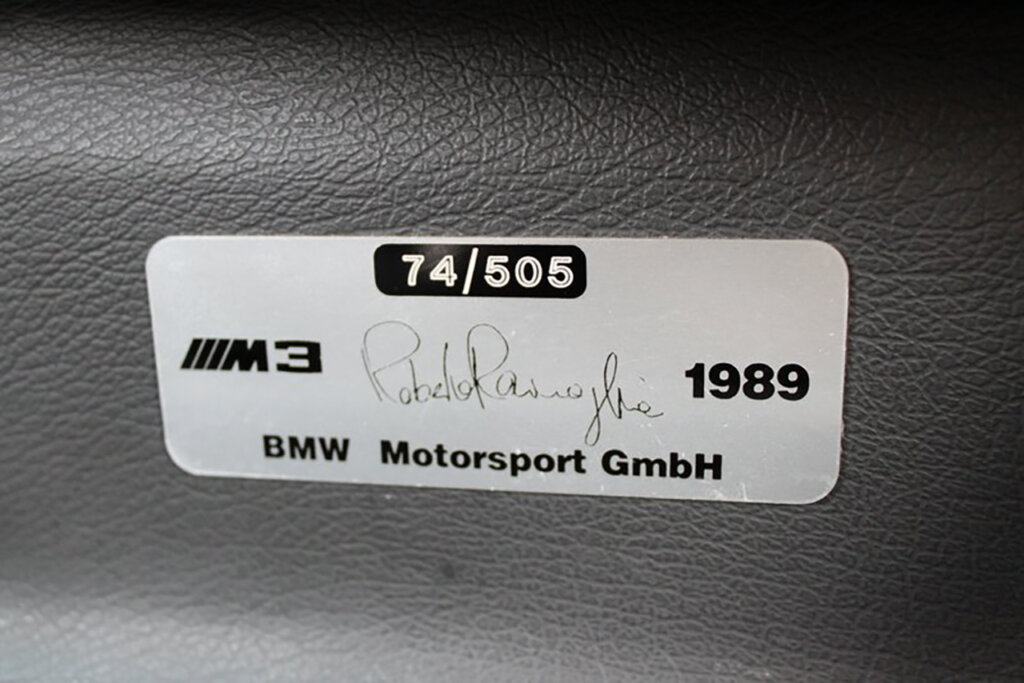
The BMW E30 M3’s legacy continues to this day, with the car remaining one of the most sought-after performance cars in the world. The car’s racing pedigree and unique design have made it a favorite among collectors, and it has become a staple of car shows and events around the world.
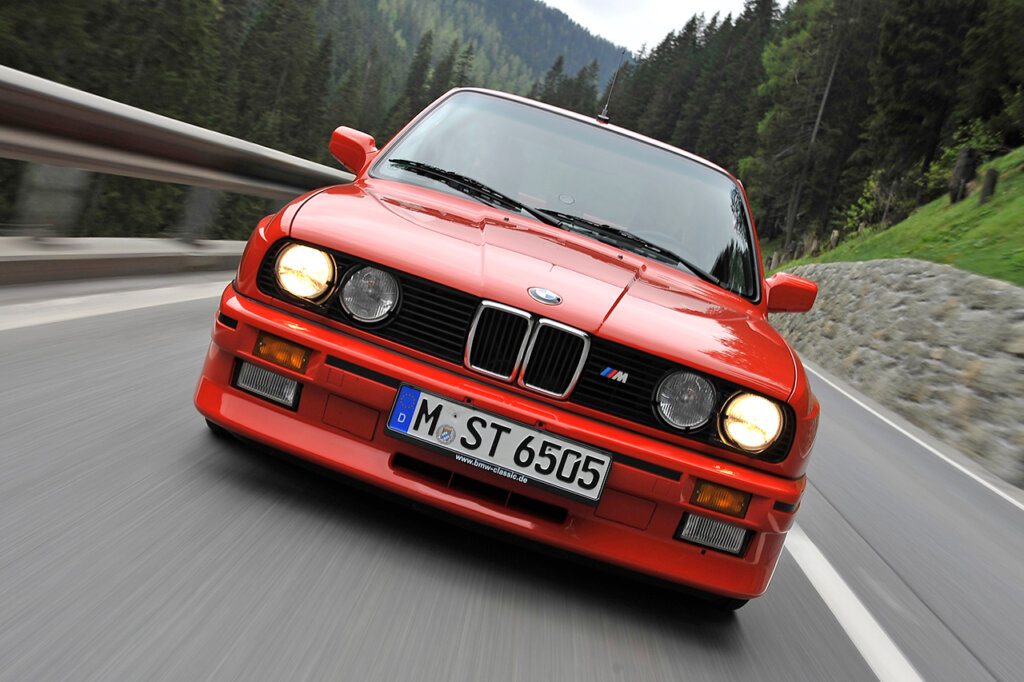

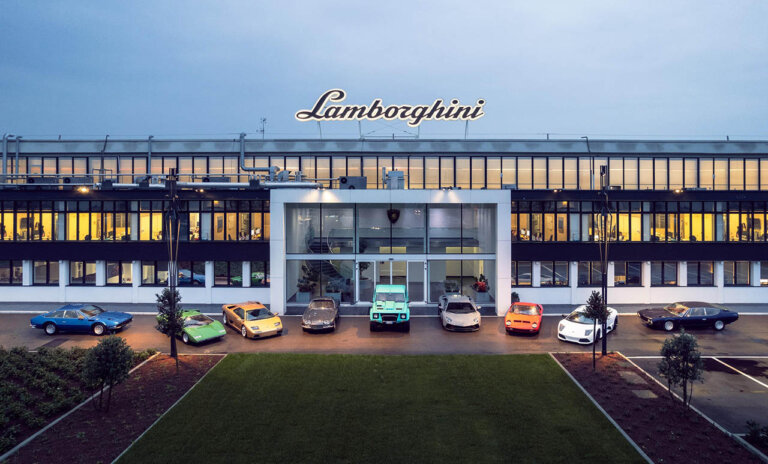
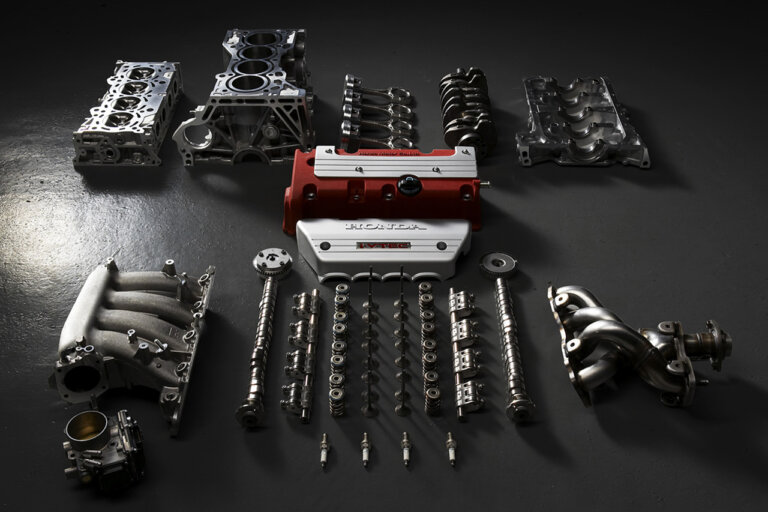
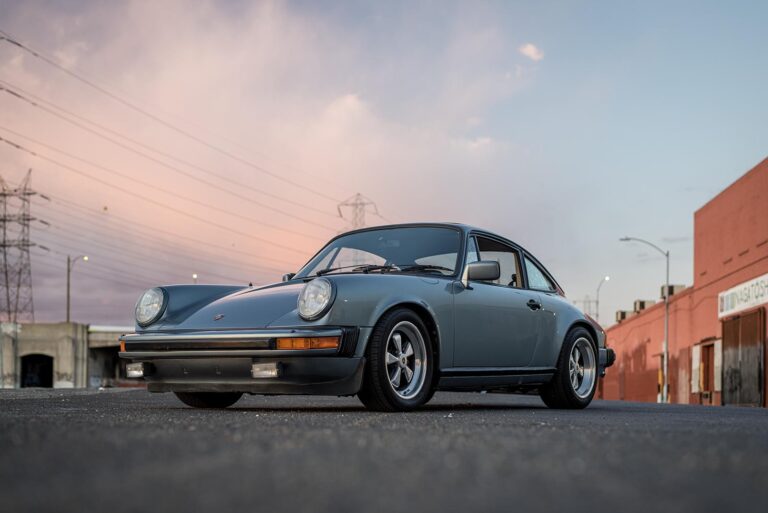
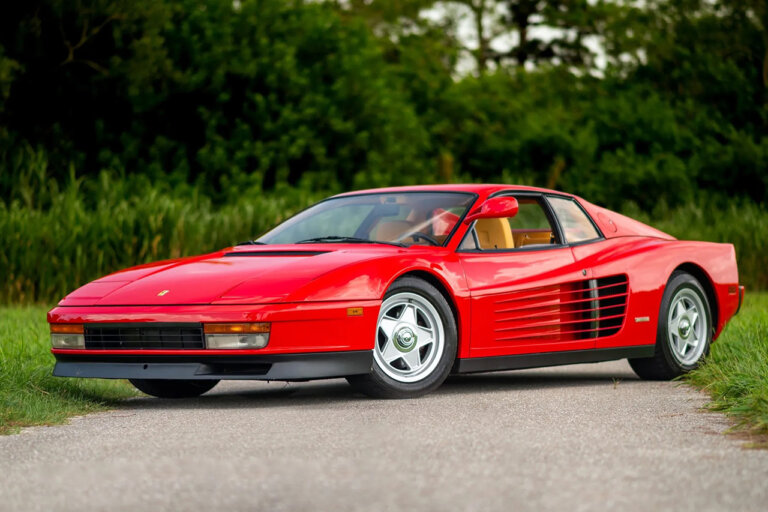



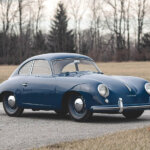

One Response
No mention of the E30 1990 2.5 M sport straight 6